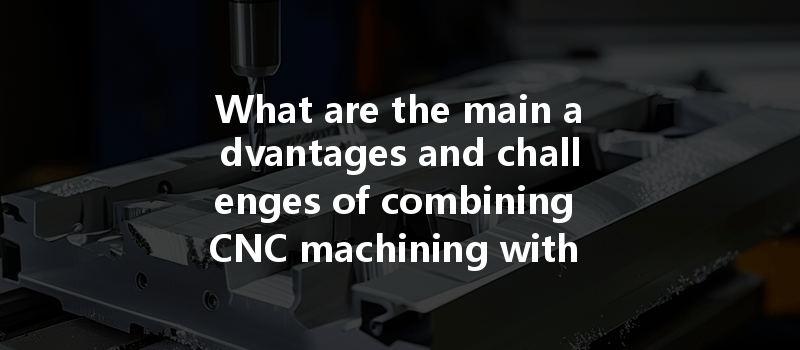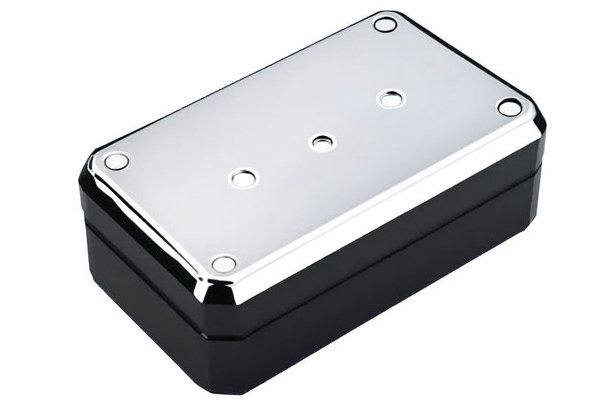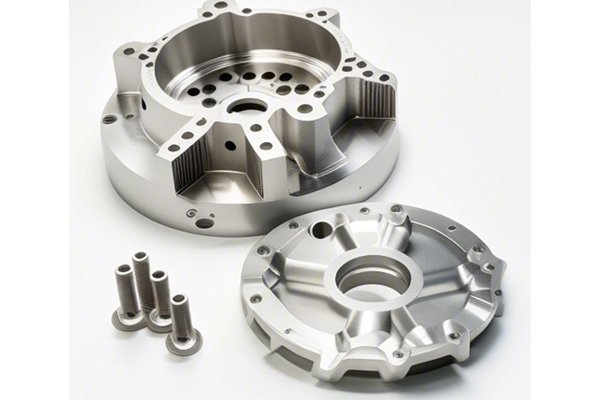: How Many Manufacturing Processes Are There?
Did you know that over 80% of manufacturers still utilize traditional machining alongside modern CNC (Computer Numerical Control) machining? In a world where technology is advancing at an unprecedented pace, the coexistence of traditional and CNC machining processes raises an intriguing question: What can these two methodologies achieve together that neither can accomplish alone? Understanding the advantages and challenges of combining CNC machining with traditional methods can significantly benefit manufacturers, improve efficiencies, reduce costs, and enhance product quality.
In this comprehensive blog, we will delve deep into the world of machining, examining the intersection of CNC and traditional techniques, exploring the challenges and advantages, and identifying how manufacturers can leverage the best of both worlds for optimal results.
What is CNC Machining?
CNC machining is a subtractive manufacturing process that uses computer-controlled machines to precisely remove material from a workpiece. It encompasses a wide range of methods, including milling, turning, and grinding, and is favored for its precision and repeatability. This process is ideal for complex shapes and designs where tolerance limits are stringent, making it a preferred choice for industries such as aerospace, automotive, medical, and more.
Traditional Machining Explained
Traditional machining, on the other hand, refers to human-operated machining processes where manual labor and skill set play a crucial role. Techniques such as manual milling, turning, drilling, and grinding fall under traditional machining. While it may be labor-intensive and slower, traditional machining often excels in custom, low-volume runs or when exceptionally fine details or specific finishing techniques are required.
Advantages of Combining CNC and Traditional Machining
By integrating CNC and traditional machining, manufacturers can leverage the best attributes of both processes.
While CNC machining is typically more efficient for mass production, traditional machining allows for rapid adjustments during the production process, especially when prototypes or small batch runs are involved.
Combining both machining methods can help in optimizing costs. Traditional machining processes can be more cost-effective for smaller batches or complex, one-off designs, while CNC excels in producing large volumes efficiently.
The integration allows manufacturers to be more flexible in their production lines, adapting to varying demand levels without requiring extensive machine changeovers.
Many skilled machinists possess a wealth of experience in traditional methods, and this knowledge base can be harnessed for CNC programming and oversight, leading to enhanced outcomes.
Challenges of Integrating CNC and Traditional Machining
The transition to CNC machining from traditional methods requires a specific skill set, often leading to a divide in expertise.
Coordinating between CNC and traditional methods can present operational challenges. It requires careful planning to ensure that the workflows are synchronized without causing delays.

Not all materials that are suitable for CNC machining are ideal for traditional techniques and vice versa. This can restrict the design options available for complex projects.
While CNC can be more expensive initially due to machine costs, integrating traditional methods incurs costs for tooling, skilled labor, and machine upkeep.
Engineers and machinists may have different viewpoints on projects. Designing parts based on CNC specifications might not align with traditional machining capabilities and vice versa.
Best Practices for Combining CNC and Traditional Machining
Encourage collaboration between engineers and machinists early in the design phase. Their input can help select the best methods for each aspect of the project, ultimately leading to a more seamless integration.
Leverage hybrid machining techniques that utilize both CNC and traditional approaches. This allows for optimized resource use and greater flexibility in manufacturing.
Invest in comprehensive training programs for employees to ensure they are familiar with both machining philosophies.
Utilize a technology upgrade that allows CNC machines to have real-time communication and data exchange capabilities with traditional machines.
Establish robust quality assurance protocols that encompass both types of machining to ensure consistent product quality.
Real-World Examples of Successful Integration
Case Study: Aerospace Industry
In aerospace manufacturing, complex components often require both CNC precision and skilled traditional machining for finishing touches. A leading aerospace manufacturer achieved success by blending the two methods, using CNC machines for the primary shaping and traditional methods for fitting and finishing intricate parts. This approach helped them maintain both quality and production speed, reducing lead times significantly.
Case Study: Automotive Manufacturing
An automobile manufacturer faced challenges in producing custom vehicle components that required both durability and aesthetic finishes. They turned to a hybrid model by utilizing CNC for structural components while implementing traditional techniques for surface finishing. This not only improved product quality but also reduced their overall production costs.
: The Harmonization of Machining Techniques
As the landscape of manufacturing continues to evolve, the synergy between CNC and traditional machining presents an exciting frontier in optimizing operational efficiency and product quality. By understanding the advantages and challenges of both methods, manufacturers can strategically integrate these approaches to enhance their production capabilities.
The importance of this blog lies not only in addressing common concerns regarding the integration of these machining processes but also in providing concrete solutions that can lead to improved productivity and cost-effectiveness.
In a rapidly advancing technological era, revisiting the traditional while embracing the future of CNC will equip manufacturers to face industry challenges head-on and unlock greater potential for innovation and growth. Let’s embrace the fusion of old and new for a more efficient future in manufacturing—after all, the best solutions often stem from balancing tradition with innovation.






